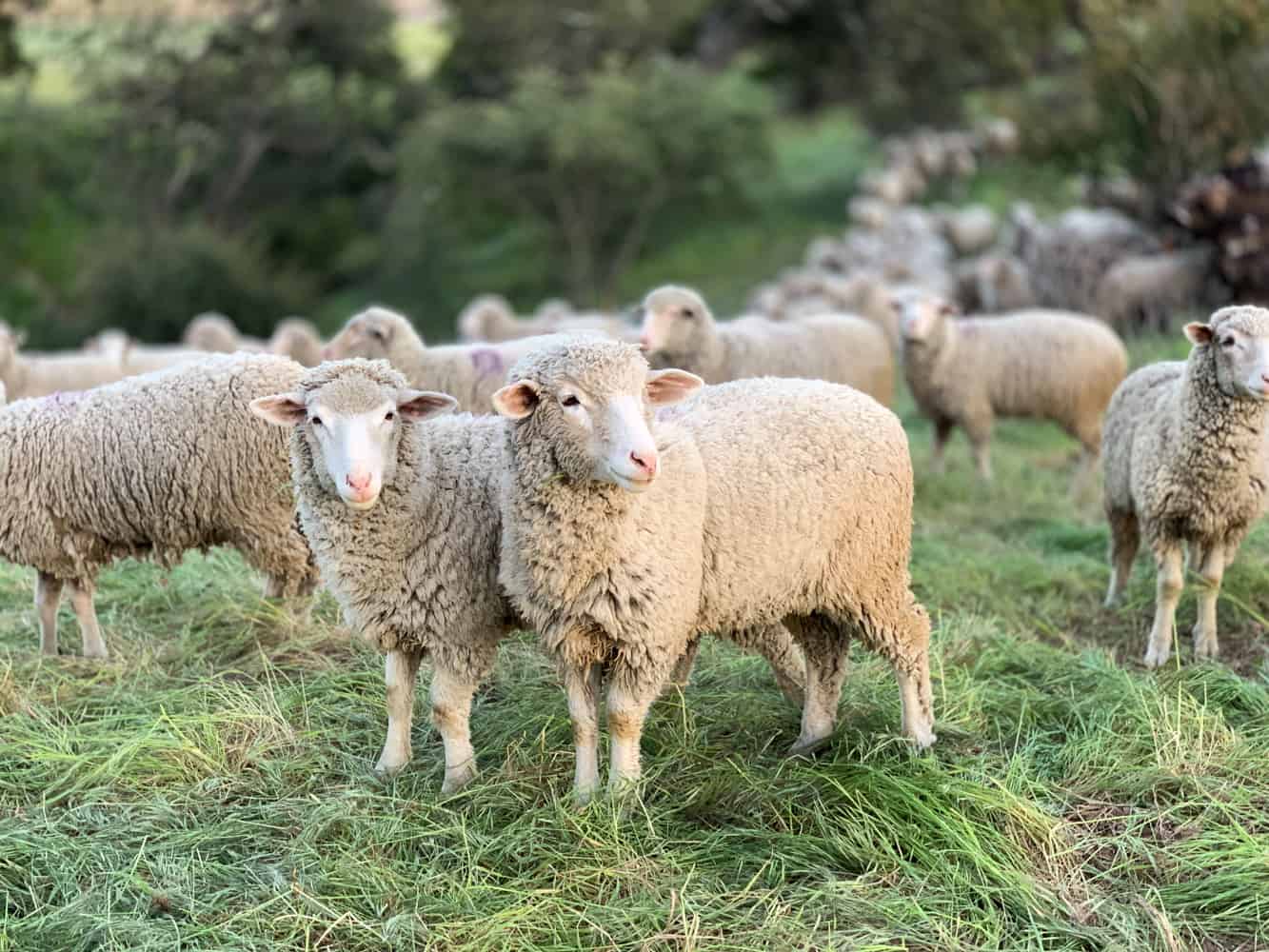
An animal veterinarian will inform you that shearing is essential for sheep's health. A veterinarian would never advise leaving wool to grow on a domestic sheep since it puts the animal in danger of overheating, discomfort, and sickness.
The animal would also be more vulnerable to skin illness and parasites. Unshorn wool may eventually obstruct movement. If sheep are not sheared in the summer, they might overheat and perish, and they become a target for parasite species such as ticks, lice, mites, and the maggots that produce flystrike, a horrific and even fatal condition. Shearing can be used to prevent and cure any of these pests.
Without shearing, excessive wool may even create "wool blindness," a disease that inhibits the animal's vision - and because sheep are predatory animals, sight is essential for survival. Sheep get so heavy with wool that they have difficulty walking or running, their ability to graze is hindered, and they cannot keep up with the flock for protection or flee from predators if shearing is ignored.
Shearing is also important for lamb survival, especially in longwool breeds where lambs need to reach their mother's teats quickly to nurse – unfortunately, lambs can die of malnutrition when there is too much wool in the way.
Sheep must be handled many times during shearing - mustering, yarding, and penning – which is unpleasant for the sheep. Shearing, in and of itself, is a severe stressor. When sheep are wounded or damaged during shearing, there is a risk of discomfort. Injuries should be treated very away, and if shearing wounds are deep and require stitching, a topical pain reliever should be explored.
In 1998, the CSIRO developed a method for removing wool that did not need shearing. Instead, a protein is injected into the skin, and the whole fleece is shed within a week of the sheep being equipped with a net. When opposed to mechanical shearing, this approach provides a substantial animal welfare benefit since it eliminates the danger of cuts and injuries to the sheep. Unfortunately, the method was not extensively adopted by the wool sector, and it was eventually phased out of the market. Its commercialization and absorption by industry, according to the RSPCA, should be reconsidered.
There are several ways to reduce the stress experienced by sheep during shearing, according to the RSPCA.
- Sheep must be handled in a low-stress way.
- To limit the danger of cutting the sheep, shearers must be taught and proficient in best practice techniques.
- needing accreditation for shearers
- ensuring that recognized training programs include animal care, animal handling, and the value of competent stockmanship.
- guaranteeing the proper care of wounds and injuries, including the use of pain relievers as necessary.
- making the shearing shed a place where abuse of sheep is not permitted
Aside from the animal welfare effects of not shearing, productivity and money losses have economic consequences.
The Animal Welfare Act of 2002 makes it illegal to leave sheep unshorn to the point that their welfare is jeopardized. Animal welfare inspectors may issue a Direction Notice to anyone in charge of unshorn sheep, directing them to get the sheep shorn. Owners may face criminal charges in extreme situations.


You must be logged in to post a comment.
click here to log in